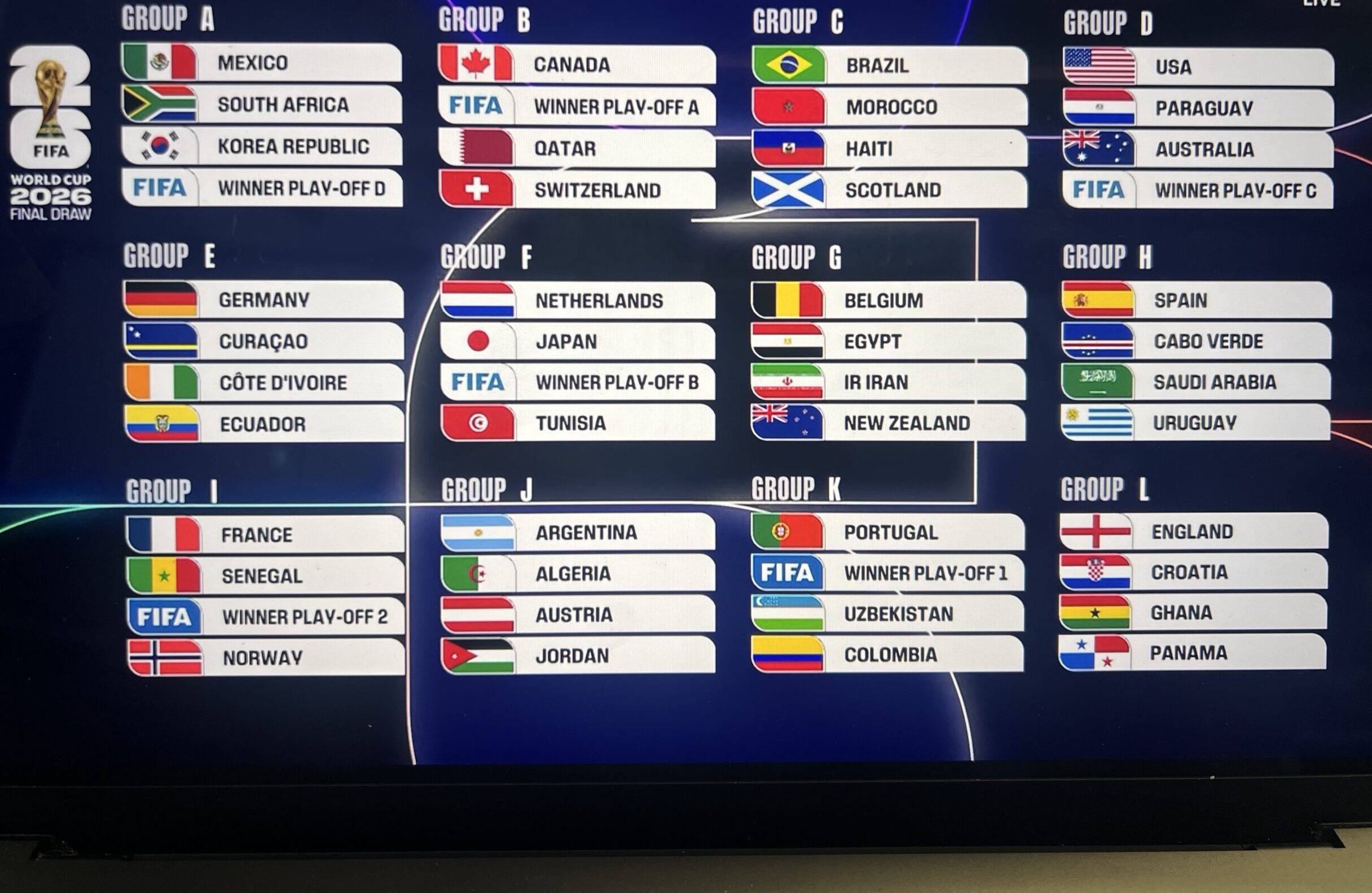Soccer coaching tips: The objective in any team sport is to transform the group from a mere collection of talented individuals into a highly cohesive unit so that the whole is greater than the sum of its parts.
–Colleen Hacker
By Tony DiCicco
Even before stepping onto the soccer field for tryouts or the first day of the season, you should know, as a soccer coach, how you are going to approach the game. Think of it as a game plan on a larger scale, a blueprint for the kind of soccer coach you want to be. Over the years I’ve been asked many times what my coaching philosophy is, so I’ve tried to sum it up here as succinctly as possible, breaking it into ten rather simple principles. Taken together these principles show how I approach teaching and coaching soccer. Here are my soccer coaching tips for coaches of all levels.
The Coerver Coaching Method – Coerver Coaching is the World’s number one soccer skills teaching method with over one million players, parents and coach participants in 47 countries over the world. Discover tons of soccer coaching tips and ideas.
Six Soccer Coaching Tips
1. Know Your Limitations and Use Them as Strengths
Whatever you do, do it to the best of your best ability. This sounds obvious and maybe even a little simplistic, but its very important corollary is that you must understand what your best abilities are and then work with them. In other words, in order to perform at the highest level, you have to know your limitations and at the same time use your strengths. Being aware of your limitations allows you to enhance your performance by surrounding yourself with the best people, which is what I’ve always done. Frankly, I’ve seen a lot of people do the opposite. People who are afraid their abilities will be undermined are threatened by the talents of others. And I have to admit that at times, I’ve felt that way too. It can be pretty scary to be surrounded by people more talented in some areas than you are, but in the end I’ve always tried to appreciate my own abilities and those of my coaching colleagues to allow us to do what was best for the team to help us win.
Surround yourself with talented people who understand their role in the larger scheme of things. If you have a tremendous talent with a big ego who goes behind your back or works behind the scenes to try to undermine what you’re doing with the team, that person is undermining the team. I’ve always brought in talent who understood the role they’d be playing. Sometimes I brought in people who had different opinions about the game or what should be done in certain circumstances so I could learn from them and, in turn, they could learn from me.
I’ve always tried to be the kind of leader who brings in other leaders. At the same time, I have to be sure they’re loyal, that they keep the team as their number-one focus so that together we can achieve success. In my experience, whenever I’ve enjoyed success it wasn’t just my success but also that of Colleen Hacker, Jay Hoffman, Lauren Gregg and April Heinrichs, all of whom were an integral part of my coaching staff. And in the end this is why we won: Each of them brought to the table unique talents that complemented my skills.
If you’re coaching at a the nonprofessional level or the equivalent of a youth soccer team, you’re probably not going to have the luxury of surrounding yourself with experts. In that case, the best thing you can do is learn as much about the game as possible. In terms of tactics, there are a number of books or videotapes that can help prepare you for the season. It’s also a good idea to watch as much soccer, both at the professional and amateur level, as you can.
2. Play Hard, Play to Win, Have Fun
You must teach your team to play hard, no matter who the opponents are, because you’re setting your own standards, playing toward goals you want the team and each player to achieve. Your players must learn that the best respect they can give opponents is to play to win, to show them their best.
When I look back, one of the things I’m proudest of is not the record of our team-103 wins, 8 losses and 8 ties over a five-year period-but that we had a winning record against every opponent and that no team beat us that shouldn’t have beaten us. To me that’s unique because at times it’s easy to play down to your opponent’s level, to leave some of the key ingredients that make you special out of your play.
Playing to win doesn’t mean that winning is the end-all, but it’s an important component of success. And yet the game is still just that, a game. You need to keep things in perspective and communicate that approach to the players. We’re not conducting open-heart surgery or flying a plane with only one engine or performing heroic acts the way firefighters, police officers and our military personnel do every day.
But in the heat of the moment of the Big Game, winning is certainly very important. If you’re coaching or playing in a Gold Medal game, it will be one of your most important accomplishments. Even then it’s still a game, and no one’s going to live or die because of it. All too often, coaches and parents take the fun out of the game, and when that happens you might as well have your team play with a weight on one foot, because you’re making it that much harder to achieve and enjoy success.
Remember, most of the players you are coaching are not going to go on to the highest level of competition or even to the collegiate level. If you create an environment of fun in which your players appreciate physical activity and learn the game and teamwork and strategy, you will teach them discipline, team chemistry and confidence-building skills that will translate into other areas of their lives.
3. Soccer Coaching Tips: Less is More
The phrase “less is more” was something we said during the Olympic and 1999 World Cup buildup. Ours was an incredibly fit and mentally focused team, a team trained to peak performance that resulted in winning games. What we learned from many Olympic athletes and some of the Olympic and National team coaches, however, was that at some point they did too much, and as a result they didn’t achieve the success they might have otherwise. When asked what they would have done differently, athletes who underachieved often said, “I would probably not have overtrained in the last month.”
So when you’re at the final stages of preparation for the big tournament or game, back off from the physical training a bit and spend more time fine tuning, making sure everyone is confident. If you’ve prepared properly, you’ll actually get more out of it. This might be one of the more important soccer coaching tips to remember.
4. The Relay Paradigm
There have been studies that show that exceptional swimmers are actually faster when they swim 100 meters as part of a relay team than when they are in an individual race. It seems that as part of a team an athlete gathers support from the other team members, which makes the individual better. In other words, as a part of the whole, performances are raised, and that’s the relay paradigm, as Colleen refers to it. The effective coach nurtures these performance-enhancing team relationships so that the team’s performance is better than the sum of its players’ talent and coach’s leadership.
5. Vulnerable, Humble Leadership
There are many successful leadership models, but some of them are now outdated. For me these would include the methods used by coaches such as Bobby Knight, Mike Ditka or the former Ohio State football coach, Woody Hayes. These are leadership models that in large part traffic in intimidation tactics. Many of their players loved these coaches, obviously, so there was certainly a side of them that was very positive, but they also had the presence of demigods, and that clearly won’t work when coaching girls or women. My leadership style is very different: I believe it’s important to show players that I’m not perfect, that I make mistakes.
Showing my vulnerability, I believe, allows me to inspire players and doesn’t separate them from me. It’s important that players know you understand some of the insecurities and challenges they’re going through, and you can do this only if they see your own vulnerability. So when you make a mistake, and we all do, ask yourself if you can admit that you made that mistake. Or are you caught in that place where you say, “I am a leader and I can never question myself or put myself in a position where I can be challenged in my leadership”?
To my way of thinking, being an infallible coach is far less effective than admitting your vulnerabilities and leading through your humanity. This is not a new leadership style: John Wooden and Phil Jackson exemplify this model.
6. Validate Their Feelings
Validating a person’s feelings is something I learned while working with women. It is a method of interaction that optimizes listening skills. For example, when somebody comes to you and says, “I’ve had a terrible day. I went to a meeting and found I was an hour late.” They don’t want to hear you say, “Well, you know, I have a great pocket notebook that works for me, and it’s really kept me organized.” What they want is for you to say, “You must feel terrible about that. You probably feel like you let people down. I’m sure they’re going forgive you though, because they know what type of person you are.” This way, you’re validating and sharing those feelings or, as Colleen might say, “wearing” those feelings with them.
Let me give you an example of something that happened with Mia Hamm when I took over the team in 1995. We were playing in a tournament in France and, admittedly, I was over-coaching from the sideline. I was trying to tell the team, and specifically a certain player, the runs and tactics from the sidelines that I felt should be made. At one point Mia, who’s a lot like me in that we’re both fiery people, came over and said, “Tony, just let her play.”
I thought Mia was really displaying a lack of respect and I said a couple of not-so-nice things to her, and then when she made a bad play I yelled out to her and kind of dug in the knife a bit. At halftime Mia was visibly upset with me, and I wasn’t about to change the way I was feeling either. I was ready to take her out of the game, but when we got back on the field, Carla Overbeck, our captain and a tremendous leader, came up to me and said, “I know you’re really upset with her, but let’s keep her in the game. This is how we’re going to get her back.” I thought a moment and then said, “All right, Carla, let’s give your idea a try.” My agreement with Carla not only empowered her and helped our relationship, but it also avoided a rift between Mia and me that could ultimately affect the whole team.
I always have individual meetings with players on tournament game days. I knew that Mia would probably be dreading coming in to meet with me for our one-on-one time before the next game. And the truth was, I was dreading seeing her. But in the interim I was able to think about how she felt and the effect of my actions. And as hard as I tried not to, I kept coming up with the inescapable conclusion that Mia was right: I was over-coaching. I hated to believe that, but it was true.
So when she came in for our meeting, I said, “You know, Mia, we have to talk about the other day.”
“I know. I know,” she said.
“Look, I’ve given it a lot of thought and I think there are a couple of things we have to talk about, but the bottom line is, and I need to tell you this, I think you were right. I did over-coach.” The look on her face was as if I’d said, “Mia, here’s a thousand dollars.” And that’s because what I did was validate what she felt, and what she saw. The next few moments were filled with apologies back and forth: “I overreacted, I shouldn’t have said what I said.” “Well, you know, I did the same thing.”
Mia left and in our game that night she put on quite a show, scoring a hat trick. We destroyed Canada. Afterward the staff wanted to know what I had said to her. I remember the team doctor coming up to me, looking for some gem and asking, “How did you get her to play like that?”
“Well, I sat her down and said, ‘You know, Mia, I think you’re right.'” He just loved that because he recognized it as coming from a place of strength, showing that I could be vulnerable, that I could validate Mia’s feelings, and that I had taken the time to really evaluate the whole situation and be objective about it. I know that for Mia and for me, instead of forcing us apart, the incident actually improved our relationship.
In effect, what I did was to try to put myself in Mia’s place, to validate her feelings, which then empowered her.
—from Catch Them Being Good by Tony DiCiccio and Colleen Hacker, Ph.D., Copyright © September 2002, Viking Press, a member of Penguin Putnam, Inc., used by permission
Tony DiCicco
SoccerPlus Camps
20 Beaver Road; Suite 102
Wethersfield, CT 06109
1.800.533.7371
www.soccerpluscamps.com
Learn more soccer coaching tips and ideas here.















